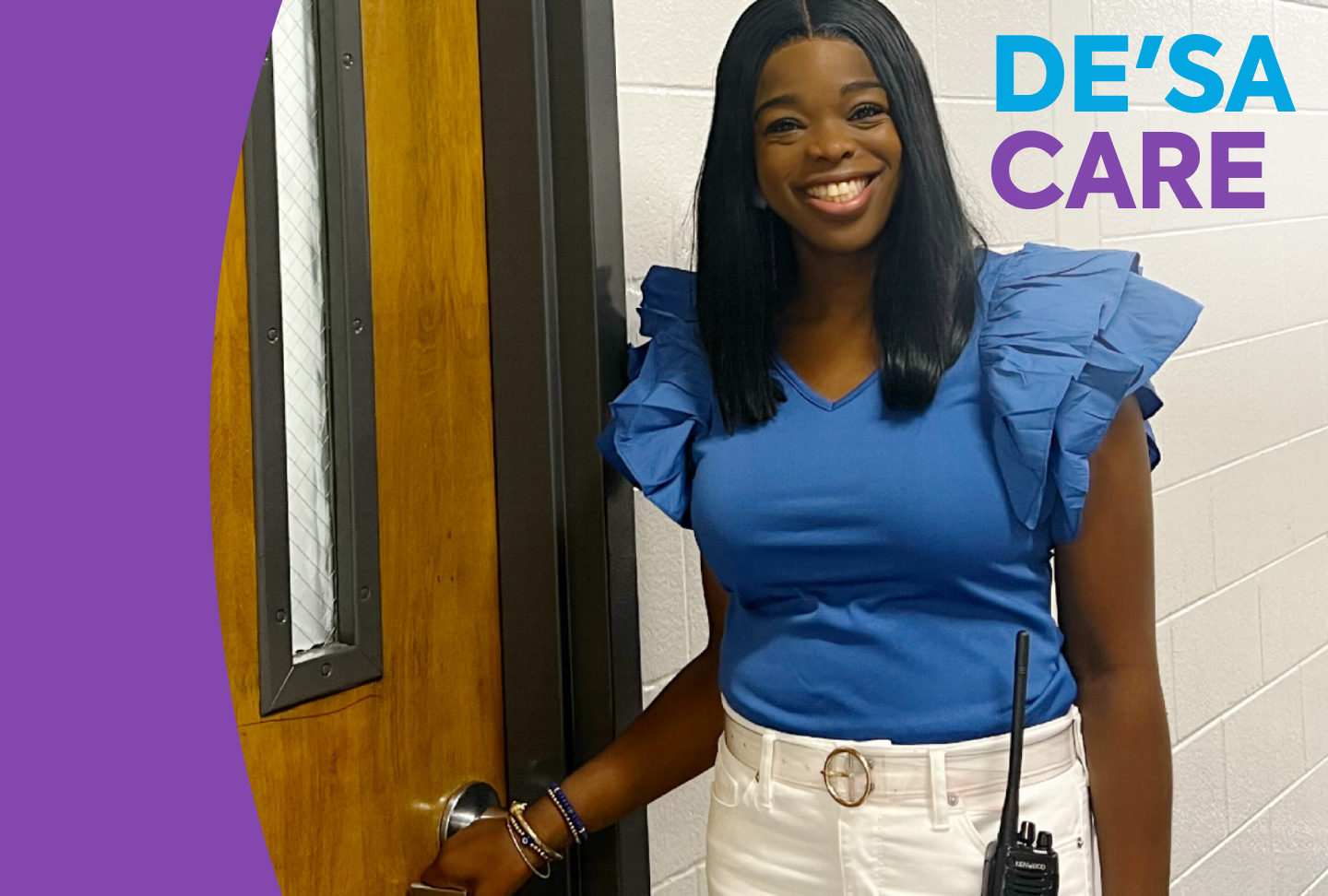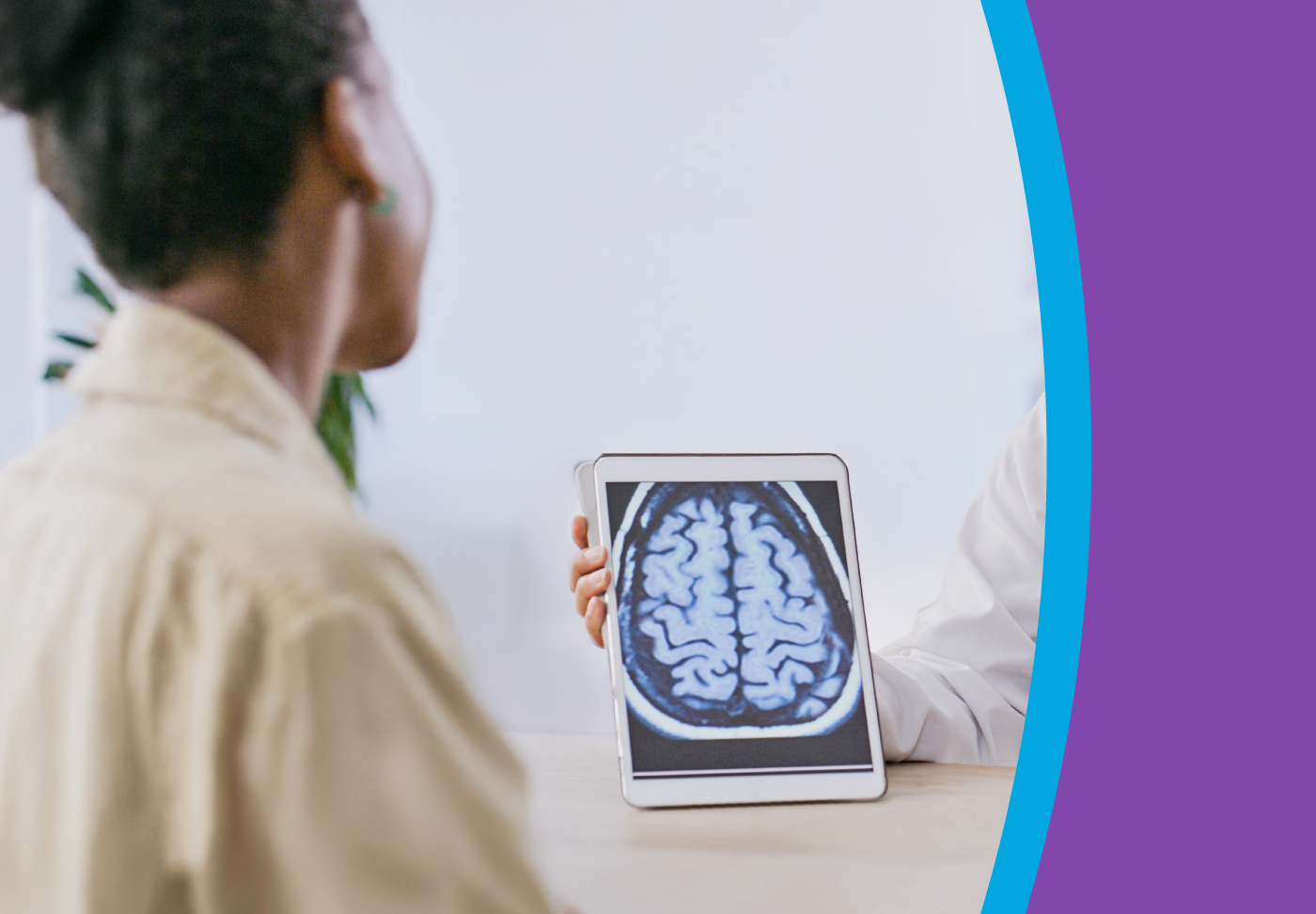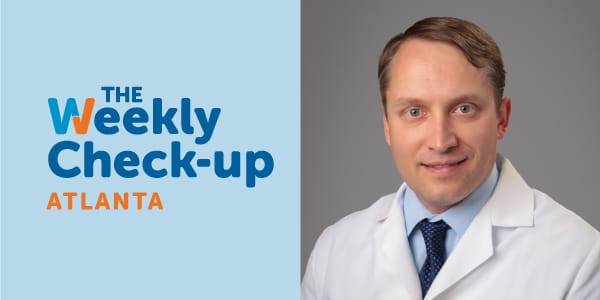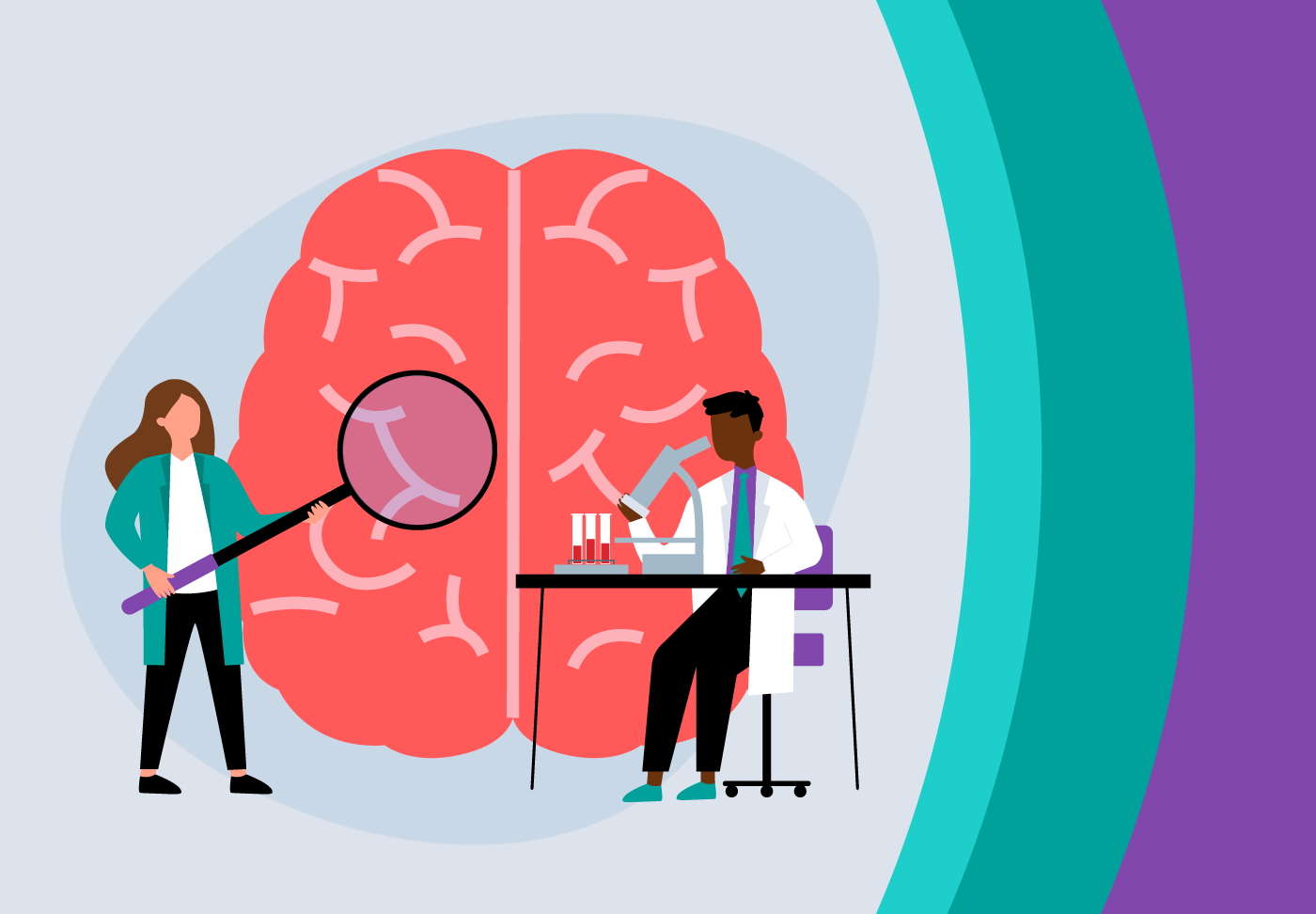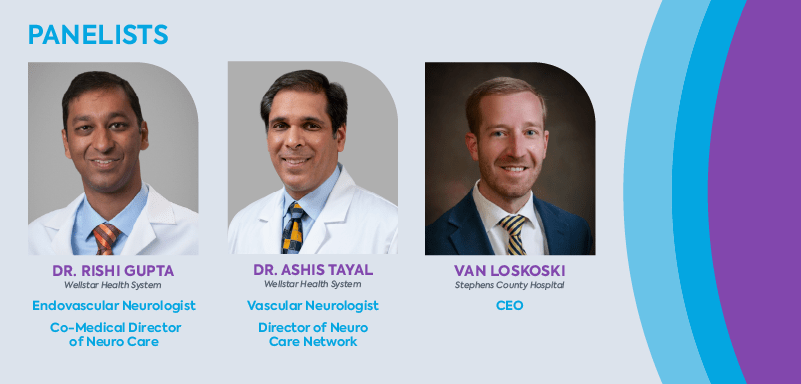While strokes have become relatively common—more than 795,000 people in the United States have a stroke each year, according to the Centers for Disease Control and Prevention—many risk factors for stroke can be managed in partnership with your healthcare team.
Managing your risk factors
Factors that can increase your risk of experiencing a stroke include:
High blood pressure
Hypertension, or elevated blood pressure, increases the risk of a stroke. Stay up to date on your annual physicals to know your blood pressure levels, and if you have hypertension, talk to your clinician about managing it. “High blood pressure is the most modifiable risk factor, meaning it’s the one that is most treatable and has the most impact on one’s risk,” said Wellstar Neurologist Dr. Ashis Tayal. “It is vastly underdiagnosed and when it is treated, it’s often undertreated.”
High cholesterol
Elevated cholesterol can lead to plaque buildup in the blood vessel and clotting in the blood, which can cause a stroke if the clot travels and blocks blood flow to the brain. Your primary care team can help you monitor your cholesterol with a blood test and manage levels with medications or lifestyle changes.
Diabetes
People with diabetes are at increased risk of experiencing a stroke. Talk to your clinician about diabetes screenings. If you are diabetic, discuss managing the condition in partnership with your care team.
Smoking
“Cigarettes accelerate atherosclerosis, or clogging in the arteries, and cause inflammation in blood vessels that then increases people’s risk of stroke and heart attack,” Dr. Tayal said.
Atrial fibrillation
Atrial fibrillation, a heart arrhythmia, can cause clots that then travel to the brain, leading to a stroke, according to Dr. Tayal.
While many of these risk factors can be controlled through medication or lifestyle changes in partnership with your care team, other risk factors for stroke are out of a person’s control. People of any age can experience a stroke, but stroke risk increases with age.
The risk of having a first stroke is nearly twice as high for Black adults as for white adults, and Black adults and Pacific Islander adults have the highest rates of death from stroke, according to the CDC. Hypertension is more common in Black patients, Dr. Tayal noted. People in rural communities may also experience higher rates of stroke due to limited access to healthcare and nutritious foods, he added.
To help lower stroke rates in our communities, Wellstar Community Health will distribute around 75 blood pressure cuffs in 2025 and educate community members about stroke risk and blood pressure monitoring at Wellstar Mobile Markets. The blood pressure cuffs can be used to monitor blood pressure at home so patients can work with their providers to take action against hypertension.
Recognizing a stroke
Learn the warning signs of a stroke, and if you notice any of these in yourself or someone else, be fast and call 911 right away.
Balance
Look for a sudden loss of balance or coordination. This can also appear as a sudden, severe headache or dizziness.
Eyes
Blurred vision, double vision or loss of vision can be signs of a stroke. If you think someone else may be having a stroke, ask if they are having trouble seeing out of one or both eyes.
Face
One side of the face may be feeling numb or appear to be drooping. Ask the person to smile and see if it appears uneven.
Arms
Check for sudden arm weakness or numbness. See if the person can lift both arms without one drifting downward.
Speech
Watch out for slurred speech or difficulty speaking. Ask the person to repeat a simple sentence to find out if they are having trouble talking.
Time
The more treatment is delayed, the more the brain is damaged. Don’t wait to seek care. If you notice any of these symptoms, call 911 immediately.


